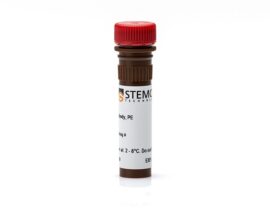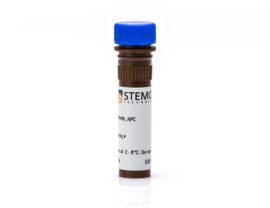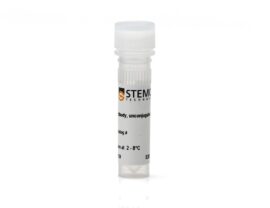
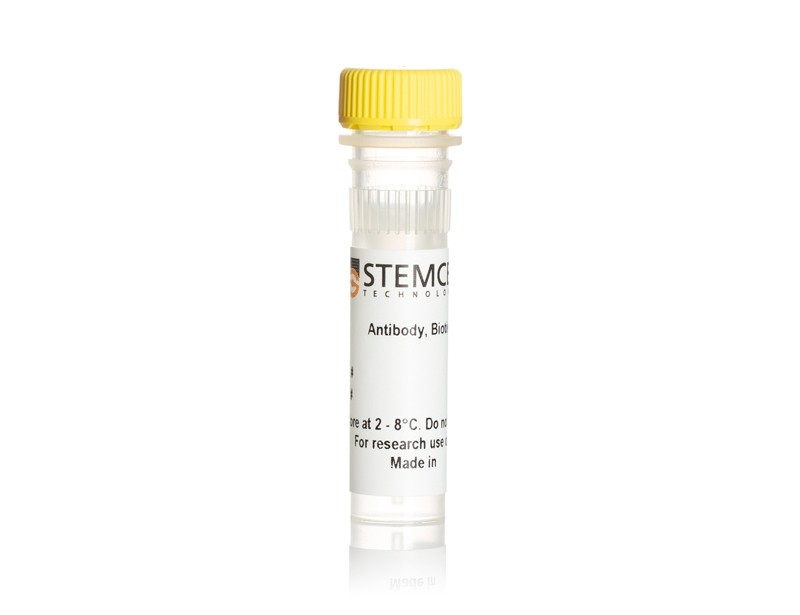
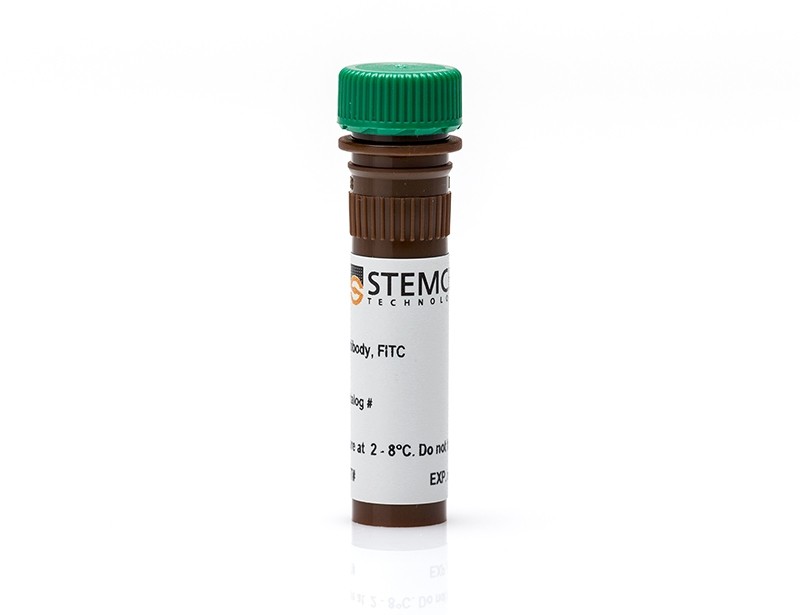
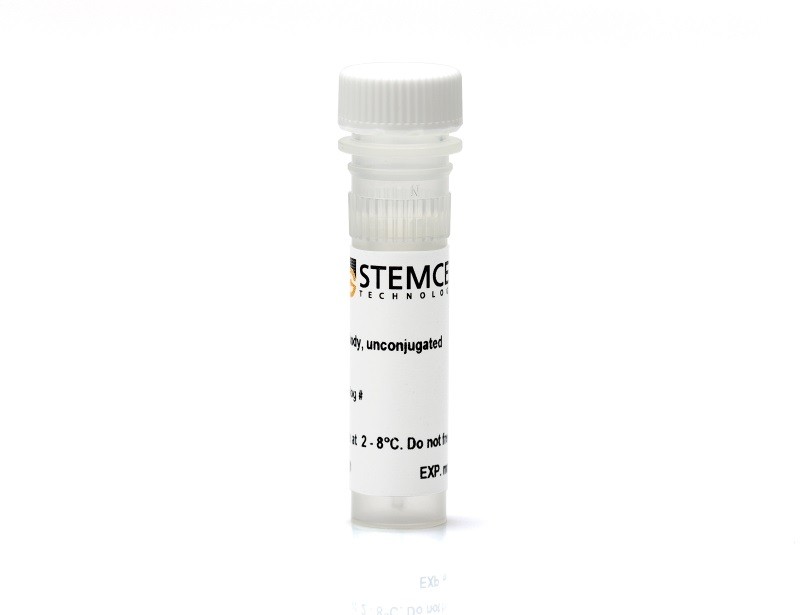
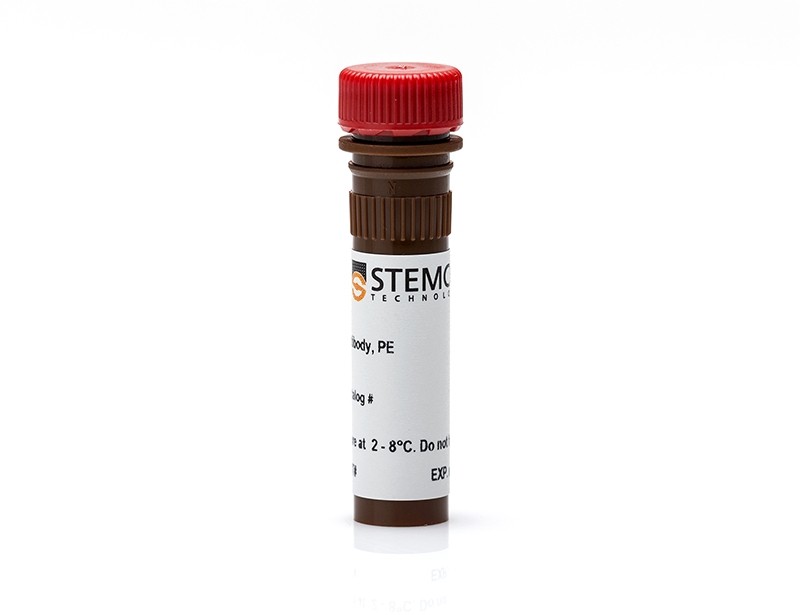
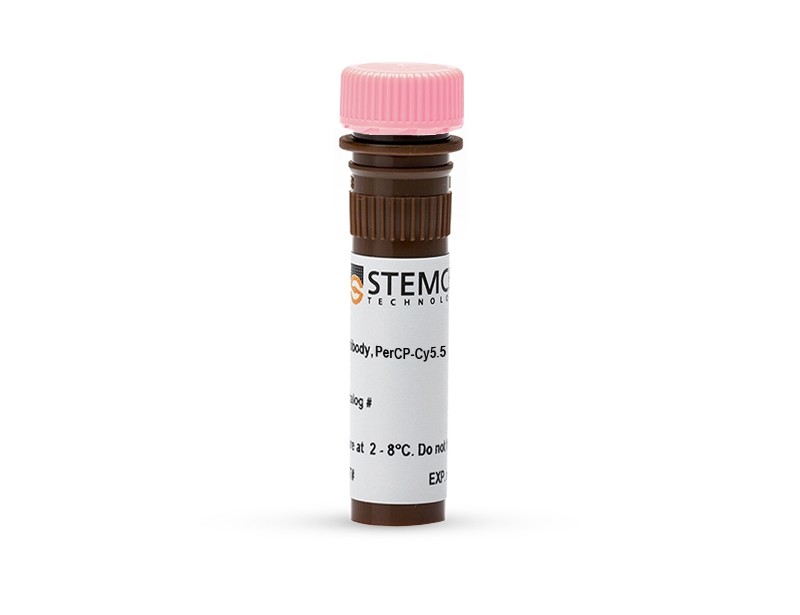

Overview
The PK136 antibody reacts with murine NK1.1 (CD161), an ~80 kDa homodimeric type 2 transmembrane glycoprotein and C-type lectin receptor expressed on NK cells, NK-T cells, and rare subsets of T cells and monocytes in select strains of mice. NK1.1 is encoded by the Klrb1b and Klrb1c genes, which specify CD161b and CD161c polypeptides, respectively. CD161b is expressed only by Swiss NIH and SJL mice, and CD161c by certain strains such as C57BL, FVB/N, and NZB (but not A, AKR, BALB/c, CBA/J, C3H, C57BR, C58, DBA/1, DBA/2, NOD, SJL, or 129). NK1.1 has functional roles in modulating several processes, including the activation and proliferation of NK cells, induction of interferon-γ production, and release of cytotoxic granules. Its expression on the cell surface is specifically upregulated by IL-12. For detection of NK cells in NK1.1- strains, Anti-Mouse CD49b Antibody, Clone DX5 is recommended. DX5 recognizes CD49b (integrin α2), another commonly used NK cell marker.
Subtype: Primary Antibodies
Target Antigen: NK1.1 (CD161)
Alternative Names: CD161b, CD161c, Klrb1b, Klrb1c, Ly-55, Ly-59, NK-1.1, NKRP1, NKRP1a, NKRP1b
Reactive Species: Mouse
Conjugation: Biotin; FITC; PE; Unconjugated
Host Species: Mouse
Cell Type: NK Cells
Application: Cell Isolation; CyTOF; Depletion; Flow Cytometry; Functional Assay; Immunocytochemistry; Immunofluorescence; Immunohistochemistry; Immunoprecipitation
Area of Interest: Immunology
Clone: PK136
Gene ID: 17059
Isotype: IgG2a, kappa







